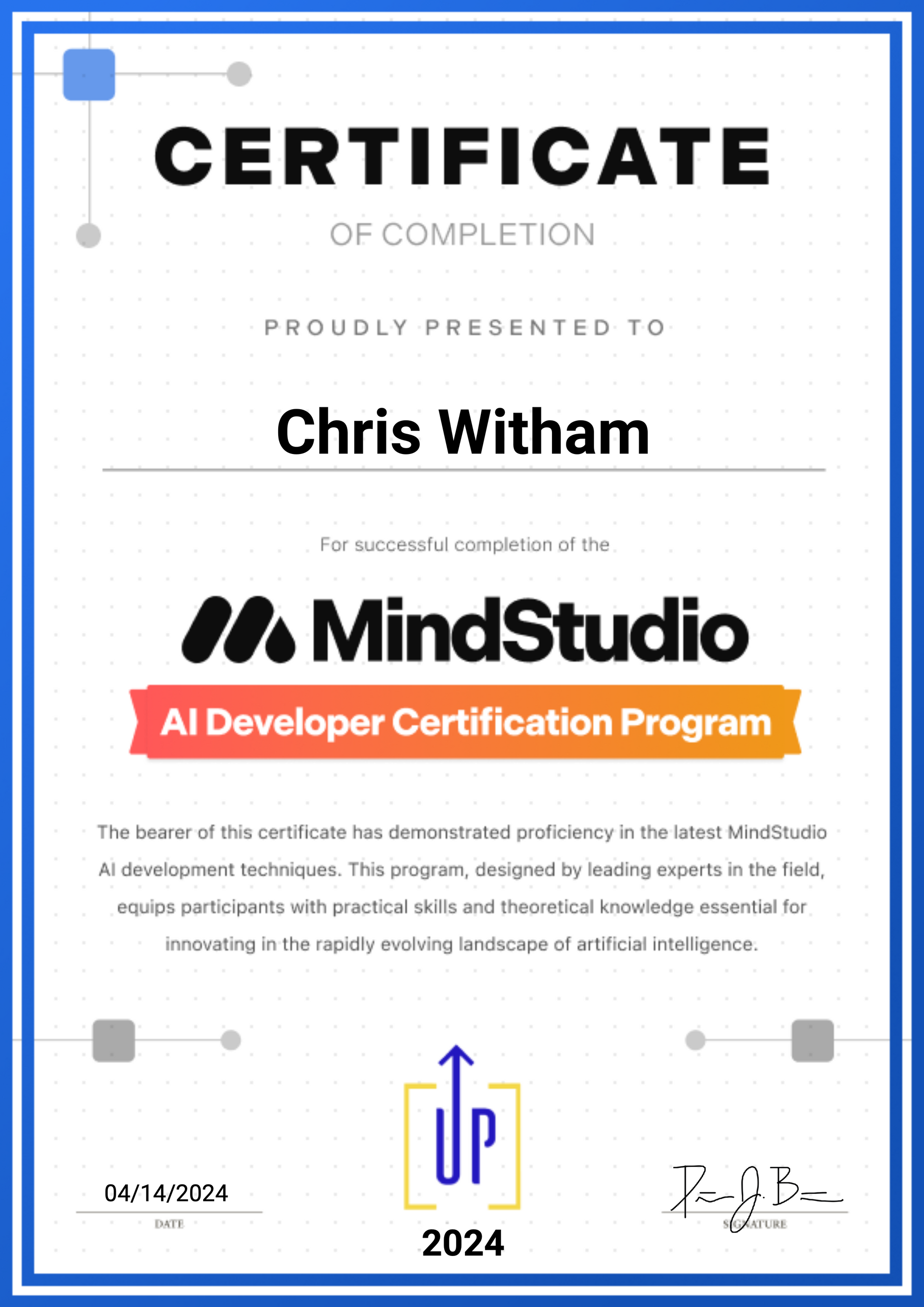AI for Breakfast
Post 132 - How AI is revolutionising Archaeology:
Uncovering the past with cutting-edge technology
Archaeology, the study of human history through the analysis of artifacts and physical remains, has long relied on traditional methods of excavation, documentation, and interpretation. However, with the advent of artificial intelligence (AI), archaeologists now have a powerful tool at their disposal to uncover the secrets of the past more efficiently and accurately than ever before.
One of the most significant applications of AI in archaeology is in the analysis of vast amounts of data. Archaeologists often deal with enormous datasets, including satellite imagery, LiDAR scans, and 3D models of artifacts and sites. AI algorithms can quickly process and analyze this data, identifying patterns and anomalies that might otherwise go unnoticed by human eyes[5]. This enables archaeologists to locate potential archaeological sites and features with greater precision, saving time and resources in the field.
AI is also being used to automate the identification and classification of artifacts. By training machine learning models on large datasets of previously identified objects, AI can quickly sort through newly discovered artifacts and categorize them based on their shape, material, and other characteristics[2]. This not only speeds up the cataloging process but also reduces the risk of human error and bias in artifact identification.
Another exciting application of AI in archaeology is in the reconstruction of ancient landscapes and environments. By analyzing geological data, climate records, and the distribution of flora and fauna, AI algorithms can generate realistic simulations of what past ecosystems and landscapes might have looked like[3]. This allows archaeologists to better understand how ancient peoples interacted with and adapted to their surroundings, providing valuable insights into their daily lives and cultural practices.
Perhaps most impressively, AI is being used to decipher ancient languages and scripts. Natural language processing algorithms can identify linguistic patterns and translate ancient texts, opening up new avenues for understanding the written records of past civilizations[2]. This has the potential to revolutionize our understanding of ancient cultures and their knowledge systems.
Of course, the use of AI in archaeology also raises important ethical considerations. As with any powerful technology, there are risks of misuse or unintended consequences[4]. Archaeologists must work closely with AI developers to ensure that these tools are used responsibly and in a way that respects the cultural heritage and intellectual property rights of indigenous communities.
Despite these challenges, the potential benefits of AI in archaeology are immense. By harnessing the power of machine learning and other AI technologies, archaeologists can uncover new insights into the human past and bring the stories of ancient civilizations to life in ways never before possible. As the field continues to evolve, we can expect to see even more exciting applications of AI in archaeology in the years to come.
Citations:
[1] https://www.aitimejournal.com/how-ai-can-help-in-archaeology/
[2] https://www.linkedin.com/pulse/lessons-we-learn-ai-archaeology-unraveling-ancient-mysteries-ghatak
[3] https://www.ool.co.uk/blog/generative-ai-in-archaeology/
[4] https://shura.shu.ac.uk/33307/1/ia.67.8.pdf
[5] https://www.ingenia.org.uk/articles/how-ai-can-unearth-archaeological-sites/








